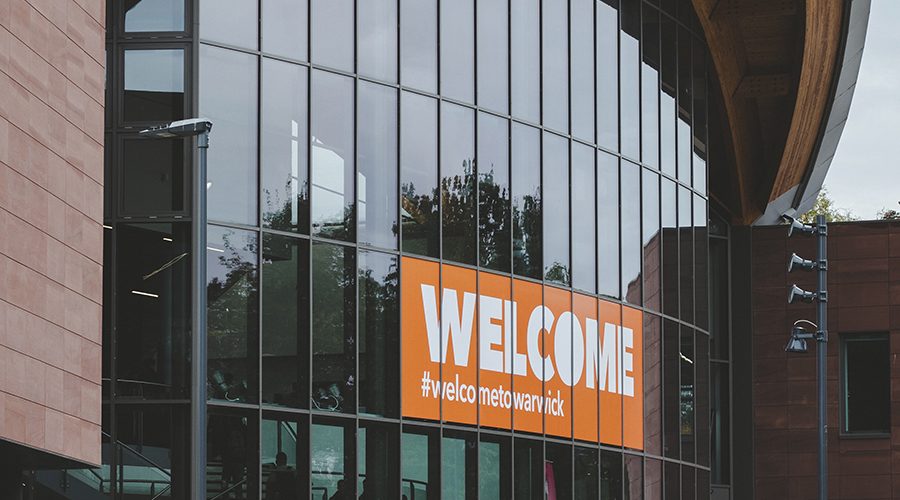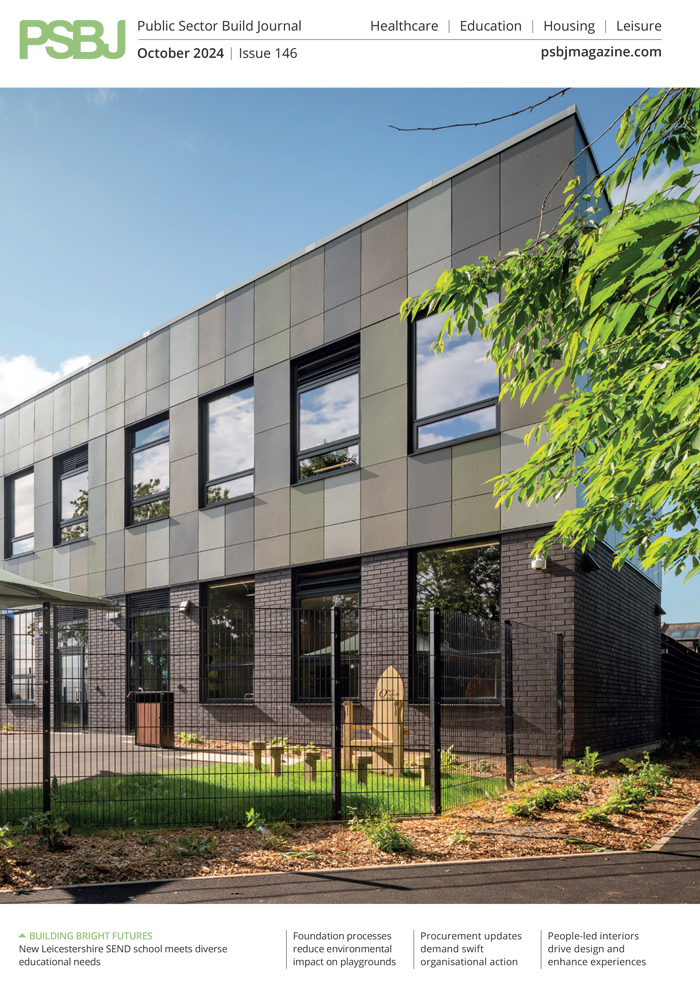As many educational establishments embrace the positivity provided by a diverse student and a staff population, the wide variety of needs and different requirements this presents can place new pressures on existing washroom facilities. Chrissie Rowlinson, Marketing Manager at Dudley Industries, takes a look at what to consider when providing washroom facilities in multi-cultural environments.
Dudley Industries
The provision of a multi-faith/reading room has been widely adopted across education. This is relatively easy to do as it usually has limited impact on existing facilities. Existing religious spaces can be easily adapted, or spaces that are currently unused can be given over as prayer rooms.
This can be achieved with just some careful thought given to the decor and furniture and without having a huge impact on budgets and expenditure. But when it comes to washroom facilities, the impact can be more acute, requiring careful planning and budgeting.
Whilst some primary and junior schools may not have the requirement to provide specific faith washing facilities for pupils due to their age; schools should still be mindful of the staff and other support personnel on site who may wish to use such facilities. Colleges and universities are more likely to have larger numbers of different religions on campus due to attracting students from a wider local geographic area as well as overseas. Many students will come from countries where their religion is much more visible and more widely observed. For this reason, demonstrating how you provide for different religions can actually be a strong marketing tool that can be used to recruit overseas students.
Specifying for multi-faith washrooms
In terms of sanitaryware requirements Wudu wash stations, squat pans and hand-held cleansing facilities should all be considered.
A Wudu wash station provides for the washing of hands, face and feet during the ablutions before Islamic prayer and the design will usually minimise the potential for splash-back; the accidental splashing of this ‘grey’ water can invalidate Wudu, and the process will need to be repeated. The Wudu ablution takes on average around three minutes to complete and whilst waiting is fully acceptable, thought should be given to the number of staff and students performing Wudu and an adequate number of facilities should be provided so as to not hold users up for too long.
Whilst it might not be possible to provide specific wash stations, larger basins could be considered to enable easier washing of forearms and face etc. In this situation, thought should be given to the floor surface as the washing of feet may cause water splashes on the floor, which in turn can cause a slip hazard.
Wudu facilities don’t have to be located within traditional washrooms they can be located near to prayer rooms requiring just mains feed water and drainage.
A squat pan (latrine) may be more familiar to some students and whilst this might be considered unusual to others, there are, in fact, many reported health benefits for using this type of unit. Squat pan installations require more consideration as they need to be positioned at floor level and connected to sewers and have the associated plumbing facilities for washing down.
Other adaptations such as electric dryers positioned low on walls can provide a comfortable and quick-drying solution following foot washing.
Give thought to the colour palette chosen within washrooms. Whilst bright and bold colour schemes may be the obvious choice for schools, a neutral colour palette may be more acceptable to different faiths.
Be mindful when planning a washroom as a design mishap can unintentionally cause offence. For example, toilet facilities facing Mecca can cause offence to some members of the Muslim faith.
Awareness is key
All members of staff need to be briefed on where washing facilities are available in order to guide students when asked. A large multi-cultural school in Blackburn, Lancashire, have allocated the showers and wetroom areas within the PE Department for ablutions and they make sure this is made clear to all students during their year seven inductions and they regularly place reminders in the school bulletins.
Provide guidance
Clear signage will help to direct students to the different facilities available, but graphics within the washroom can also be used to help explain some cultural differences. A western-style toilet bowl may not be familiar to all overseas students and, therefore, pictorial guidance on how to use the facilities will help to overcome misunderstanding, misuse and hopefully prevent accidental damage.
There is a much wider debate on the appropriateness and future of multi-faith facilities. Their compatibility with different single faiths is being debated across the educational network as they work on the assumption of successfully bringing together different faiths into one neutral space. But no matter how multi-faith facilities will change and adapt in future years, washrooms so too need to adapt to the changing demands and requirements of our vibrant multi-cultural nations.









